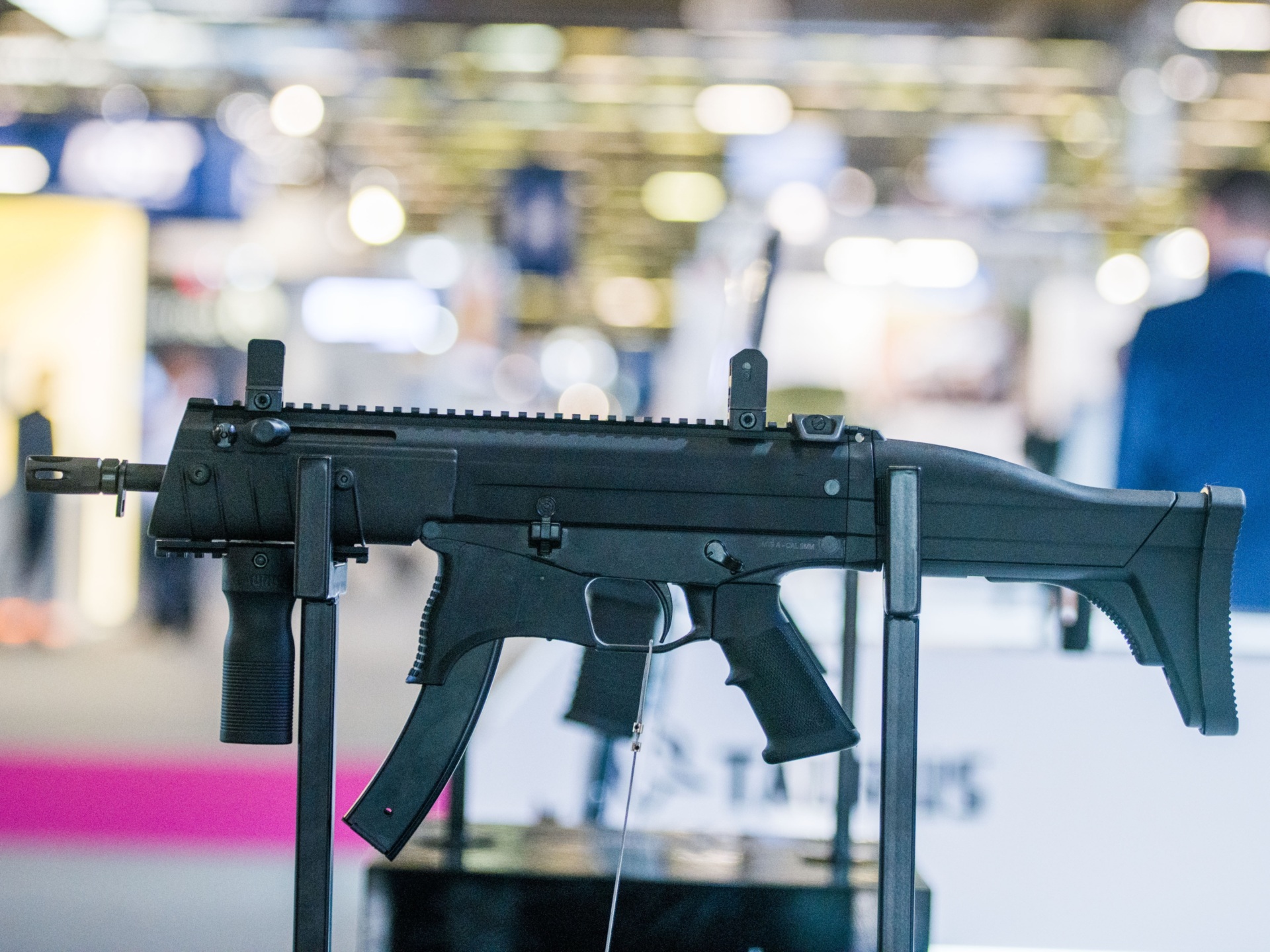Global arms sales rose by nearly two percent in 2021 ahead of the Ukraine conflict, an international arms sales watchdog noted Monday. The 12-month jump represents the seventh consecutive year of increases.
In dollar terms, arms sales in 2021 reached $592 billion, up 1.9 percent overall which was higher than the previous period but lagged behind for the four years leading up to the coronavirus pandemic.
While the war in Ukraine has increased demand, supply chain restrictions driven by the same conflict have impacted supply, not least because Russia is a major supplier of raw materials used in arms production, AP reports.
This confluence of supply and demand could hamper efforts in the U.S. and Europe to strengthen their armed forces and replenish their stockpiles after sending billions of dollars’ worth of ammunition and other equipment to Ukraine, the Stockholm International Peace Research Institute (SIPRI) outlined.
As Breitbart News reported, the U.S. has sent more than $19.7 billion in weapons and other equipment drawn from DoD stocks since the conflict began on Feb. 24.
Critics of Washington’s open-ended supply of material have already queried how long it can maintain the supply of arms, with current U.S. spending more than all military-related spending by the United Kingdom and almost twice as much as France spends each year.
As arms and lethal weaponry flow to Ukraine, replacing spent items will still take time if not money.
“Increasing output takes time” said Diego Lopes da Silva, a senior researcher with SIPRI, adding if the supply chain disruptions continue, “it may take several years for some of the main arms producers to meet the new demand created by the Ukraine war.”
SIPRI noted some reports indicate Russian companies are increasing production because of the war but have had difficulty accessing semiconductors and are also being impacted by war-related sanctions.
In its report published Monday, SIPRI said “many parts of the arms industry were still affected by pandemic-related disruptions in global supply chains in 2021, which included delays in global shipping and shortages of vital components.”
U.S.-supplied M777 howitzer shells lie on the ground to fire at Russian positions in Ukraine’s eastern Donbas region June 18, 2022. Writing on one of them reads: “Nothing is forgotten”. The U.S. and other NATO members have sent billions of dollars worth of weapons and equipment into Ukraine to help it fight Russia. (AP Photo/Efrem Lukatsky, File)
‘We might have expected even greater growth in arms sales in 2021 without persistent supply chain issues,’ said Dr Lucie Béraud-Sudreau, head of the SIPRI Military Expenditure and Arms Production Program. She singled out companies, such as Airbus and General Dynamics, which also reported labor shortages.
The institute compiled a list of the world’s 100 largest arms-producing and military services companies, as AP set out.
Although U.S. companies dominate arms sales — 40 U.S. companies appeared on that list and totaled $299 billion in 2021 — the North America region was the only one to see a 0.9 percent drop in arms sales compared with 2020.
File/French Army mountain trooper handles an automatic rifle manufactured by Sig Auer at the Eurosatory defense and security trade fair in Paris, France, on Monday, June 13, 2022. The bi-annual exhibition at the Villepinte Exhibition Center ran through June 17. (Nathan Laine/Bloomberg via Getty)
Visitors inspect military ammunitions during the International Defence Exhibition and seminar (IDEAS) in Karachi, Pakistan on November 16, 2022. (Sabir Mazhar/Anadolu Agency via Getty Images)
For 2021, 27 of the top 100 arms suppliers were headquartered in Europe and the region saw combined arms sales increase by 4.2 percent compared with 2020, totaling $123 billion.
France and Italy recorded a 15 percent increase in sales among the 100 biggest arms companies, the biggest overall hike.
